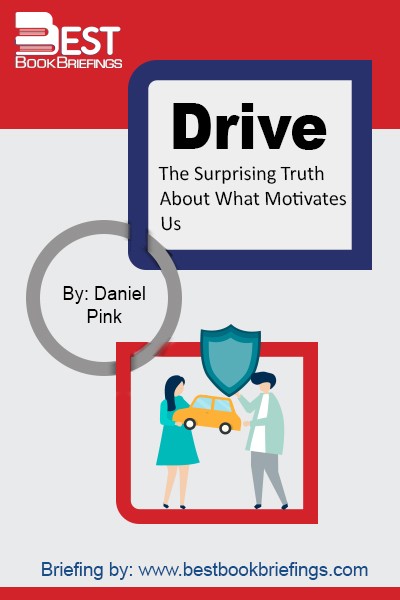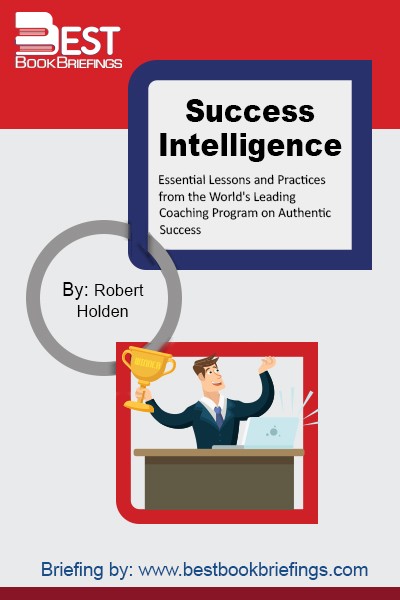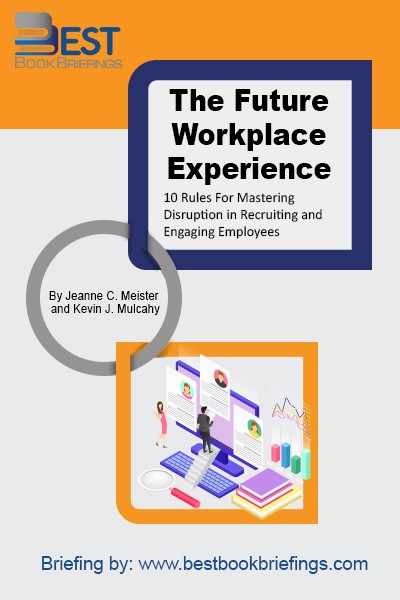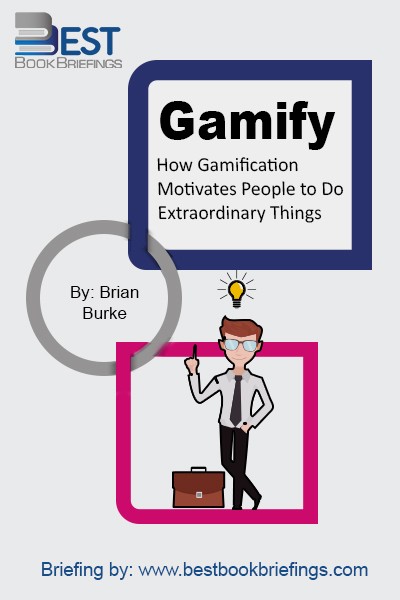Gamify
How Gamification Motivates People to Do Extraordinary Things
Editorial Review
Gamify shows gamification in action: as a powerful approach to engaging and motivating people to achieving their goals, while at the same time achieving organizational objectives. It can be used to motivate people to change behaviors, develop skills, and drive innovation. The sweet spot for gamification objectives is the space where the business objectives and player objectives are aligned. Like two sides of the same coin, player and business goals may outwardly appear different, but they are often the same thing, expressed different ways. The key to gamification success is to engage people on an emotional level and motivating them to achieve their goals.
Book Reviews
Books on Related Topics

Most people believe that the best way to motivate is with rewards like money—the carrot-and-stick approach. That's a mistake. In this provocative and persuasive book, Daniel H. Pink asserts that the secret to high performance and satisfaction-at work, at school, and at home—is the deeply human need to direct our own

There are so many apparently intelligent people chasing success in the most foolhardy manner. They are manic, hyper and busy to the point of distraction. They might have gotten A’s for effort, but not for intelligence. We live in a “Success Culture”. Many people pursue success as a primary goal in

To begin with, anyone can have a great career. It doesn’t matter what your line of work is. It’s all in how you define “Great Career”. Do you define it as something that brings you a lot of money and power? Of course a livable wage is important, but this is

Written by two experts working in the field of workplace innovation, The Future Workplace Experience offers 10 strategic rules for recruiting the right talents, creating an engaging experience for the employees and masteringthe disruptions. More importantly, it shows how to transform the future of learning and working, and it empathizes on



